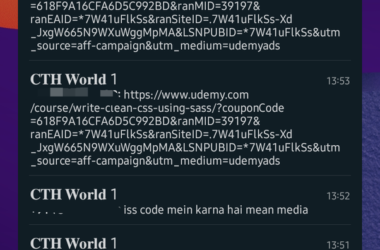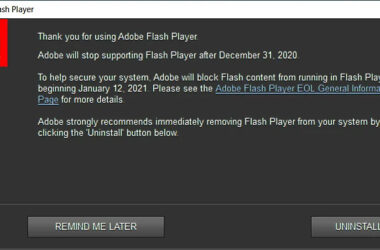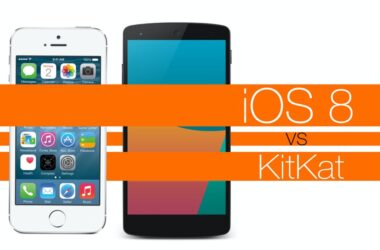Back in those days, there was email.
Many email systems were closed, meaning that you had to use a specific application or a specific website to manage email. This made it hard for people who had multiple accounts or multiple clients to manage their mail. So, iMap was born.
What is iMap?
iMap is a standard protocol designed for an email client to connect to an email server. It is great because it means that you can do cool things like get all your mail into one inbox. You can even send an email into any of your accounts from the same client. So iMap was designed to enable a full-fledged client to connect to an email service.
Gmail initially introduced iMap support, officially, in 2007, with the goal of making it easy to use mobile device email apps to access your Gmail account. All this was good and then things got interesting.
Once Gmail opened up to iMap, the developer community realized that there was now a way to enable users to add features that use their Gmail data. These developers went way beyond building simple email clients. They did brilliant things like adding a record of messages exchanged with each prospect to a CRM system. They also made useful utilities that managed your email subscription or allowed you to send mail at a later date.
All these are great, so what is the problem with iMap? The only problem is that Gmail and its users have gone way beyond what was expected initially. It was designed a very long time ago and API’s have come a long way since then.
IMap was designed to handle the kind of mail boxes people used to have. It was never intended to scale to hundreds of thousands of messages in an inbox. In 2004, Gmail revolutionized the inbox by giving you 1GB of storage. This gave users the ability to stop wasting time, sorting folders. Despite the fact that iMap was introduced decades ago, it still does not have standards to support the revolutionary way in which Gmail interacted with users in 2004, let alone the many improvements since then.
Introducing the new Gmail API
The new Gmail API was created to creatively meet the modern use cases of today’s Gmail users. Gmail has kept in mind the performance and ease-of-use users would expect to come with it. This new API provides every feature you would expect such as:
-Easy access to threads, labels, drafts and messages.
-It gives fine-grained control to your mailbox.
-You can query the change history of the inbox to avoid the need to do archeology to determine exactly what changed.
-Has been designed to make it easy and efficient to do specific queries.
-Since the new Gmail API is a standard Google API, you get simple HTTPS access using RESTful calls and responses come in XML, JSON or Google Protobuf formats.
-You could as well make the calls from web languages such as Python and Java and there is no need for a TCP socket. This means that the API can be accessed from various cloud environments that could not support iMap.
-It replaces SMTP for mail send. Since this new API was designed for the Gmail back-end architecture, it understands labels instead of folders and is optimized for exactly these operations.
Since this new API is a standard Google developer API, you will be able to begin using the same developer key and developer consol you had used, for other Google API’s, immediately.
Related ItemsGmail









